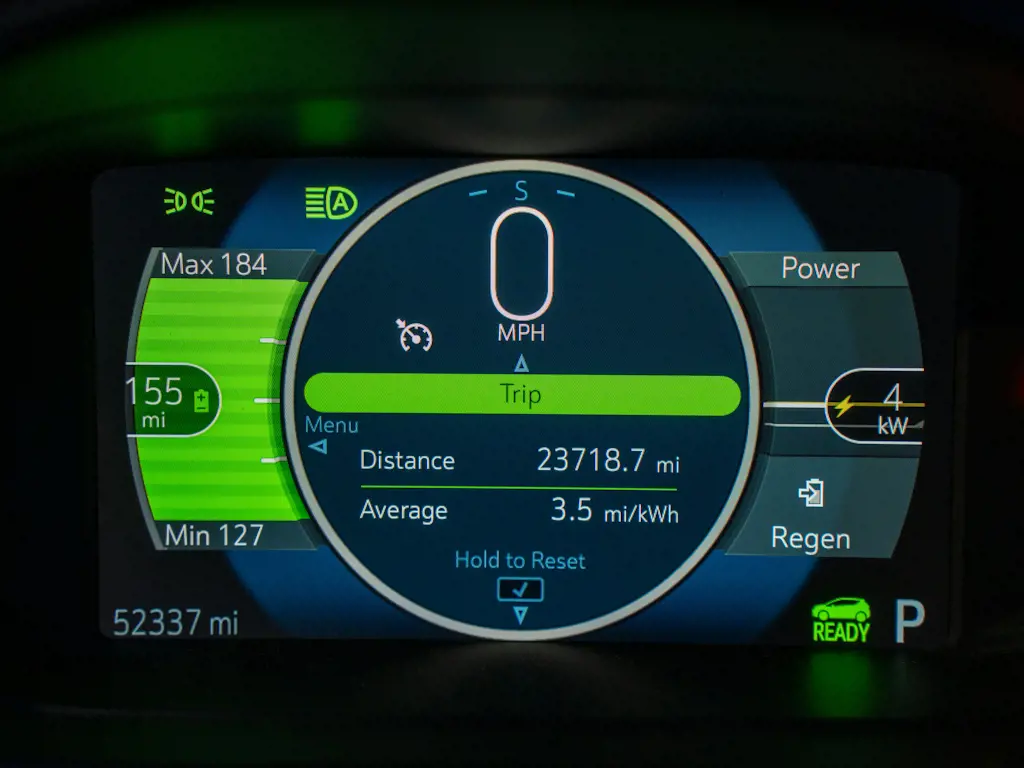
July 2025 VRA AGM: Signals from the Front Line of Automotive Retail
The July 2025 VRA AGM provided a timely moment to assess the shifting dynamics across the UK automotive retail and remarketing sectors. Against a backdrop of economic headwinds, evolving regulations, and rapid technological disruption, the event served as a high-calibre forum for exchanging insights, asking tough questions, and exploring the implications of change in real-time.
The session opened with a detailed market outlook from Omar Mirza, Managing Director at Alvarez & Marsal, who shared insights from the firm’s client work across the automotive ecosystem. His presentation set the tone for the day: Automotive retail is operating in a structurally altered environment. Margin pressure is being felt across multiple fronts—rising stock funding costs, increased remarketing losses, and a softening used market that’s diverging from historic seasonal patterns. While OEMs are pushing new car supply again, consumer demand has not returned at the same pace, and the gap is particularly stark in the EV segment.
Chris Plumb supported that macro context from Cap HPI, whose data showed that new car registrations for 2025 remain materially below pre-pandemic benchmarks. Volumes are up just 2.8% versus 2024, but still 18% below the same period in 2019. A meaningful return to 2.6 million units looks increasingly unlikely. The market appears to be stabilising around a leaner, more margin-focused structure, underpinned by longer ownership cycles and tighter household budgets. For the remarketing sector, this implies a shift in mindset—from chasing volume to optimising value per vehicle throughout its lifecycle.
One of the most tangible shifts discussed was the increasing traction of Chinese OEMs in the UK market. Brands such as BYD, Omoda, and Jaecoo are no longer fringe players. With cost advantage, integrated EV platforms, and expanding model ranges, these manufacturers are forcing legacy brands to rethink their pricing strategies and value propositions. This trend has clear implications for used vehicle values, brand loyalty, and stocking strategies. The impact of increased EV volumes was especially evident in the data: BEV registrations are up over 30% year-on-year, but their used values remain highly volatile, with some segments down more than 60% since late 2022.
The fragility of used BEV pricing was a key point of discussion. Battery health transparency, inconsistent resale metrics, and a lack of consumer understanding are hindering confidence. While BEV penetration is accelerating on the new side, there is still no fully functioning used BEV ecosystem. Until that infrastructure matures—through better grading standards, clearer finance options, and more reliable residual value forecasting—remarketers are likely to treat BEV stock with greater caution.
AI was another central thread running through the day, with a compelling and practical presentation from Oliver Phillpott, CEO of Generational. His talk focused on how lean, well-targeted AI tools are beginning to find traction in remarketing use cases—from vehicle condition grading and automated descriptions to customer engagement and logistics planning. The conversation moved beyond hype to actual implementation, with several panellists noting the opportunity to pilot AI in specific areas that are data-rich, repetitive, and tightly scoped. While many businesses are still at the exploratory stage, it’s clear that AI is rapidly becoming a source of operational leverage and margin recovery—if deployed with clear KPIs and proper integration.
Regulatory uncertainty was another key undercurrent throughout the day. The pending Supreme Court ruling on discretionary commission arrangements in motor finance prompted significant attention and discussion. While the legal commentary remained broad, the room was alert to the potential financial and reputational implications of any widespread redress. The uncertainty surrounding timing, scope, and enforcement has created a level of caution among lenders, brokers, and dealer groups alike. There was a clear sense that the industry is preparing for a shift in the finance model, whether driven by regulatory outcome or broader consumer pressure around transparency and affordability.
The panel discussion that followed—featuring Kevin Lamb (Alvarez & Marsal), Mike Jones (Fresh Track), and me—reaffirmed the key theme of structural transformation. We explored how brand loyalty is evolving, with price-sensitive customers increasingly willing to consider new entrants. We also touched on the changing investor landscape: capital is still available, but the bar has risen. Institutional buyers and strategic acquirers are now focusing on businesses with robust data, recurring revenue opportunities, and leadership teams that are ready to embrace digital transformation. Retailers relying purely on transactional margin or legacy manufacturer support may find their strategic options narrowing over time.
Throughout the event, there was a clear recognition that agility and operational resilience are now more important than scale alone. The businesses that can quickly adapt—by testing AI pilots, rebalancing brand exposure, diversifying income streams, or building EV competency—are those most likely to emerge stronger in the next phase of market evolution. The VRA continues to play a vital role in convening these conversations at the right level and cadence.
As long-time industry contact and VRA Chair Philip Nothard noted throughout the day, the strength of these gatherings lies in their ability to bring together diverse perspectives from across the remarketing value chain—dealers, OEMs, technologists, advisors, and funders—to surface shared intelligence and foster open, informed debate. The July 2025 AGM captured that dynamic in full, offering a grounded, forward-looking lens on the operational and strategic realities reshaping the sector. These sessions aren’t about nostalgia or wishful thinking—they’re about helping the industry face what’s next with clarity and confidence.
Have a great week!
